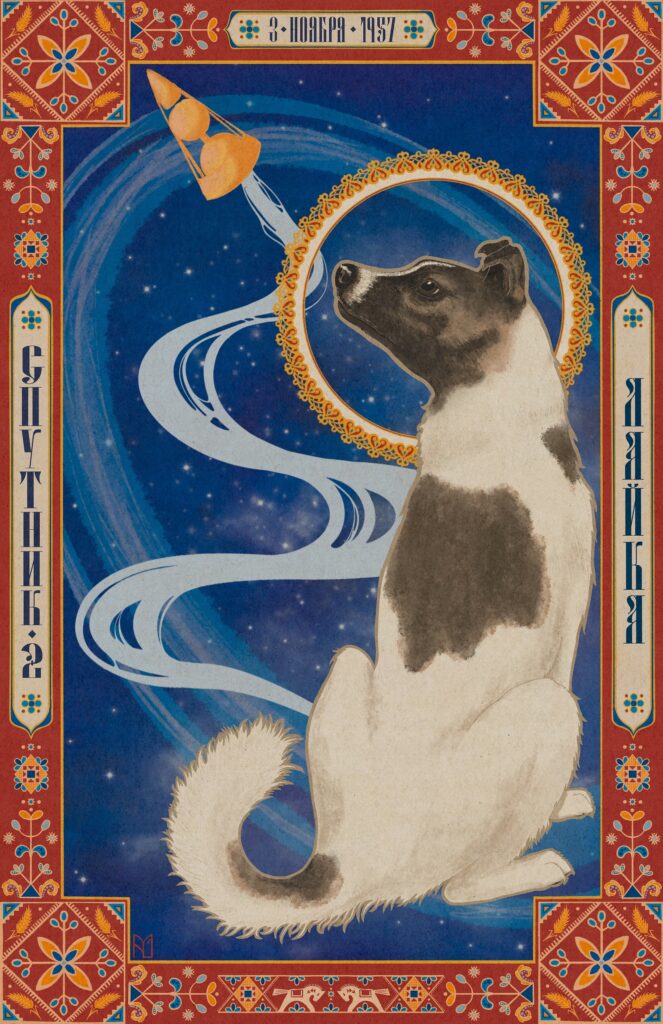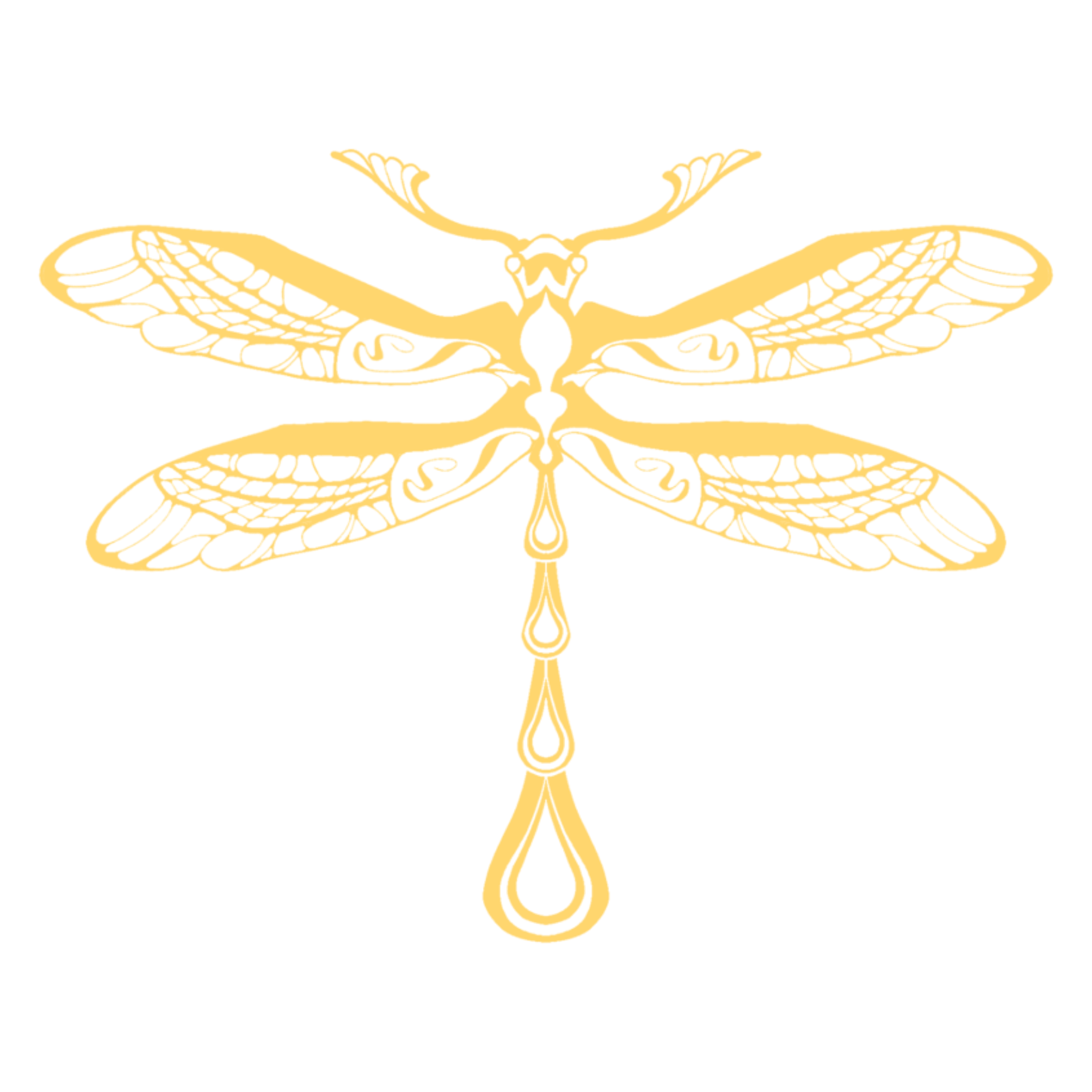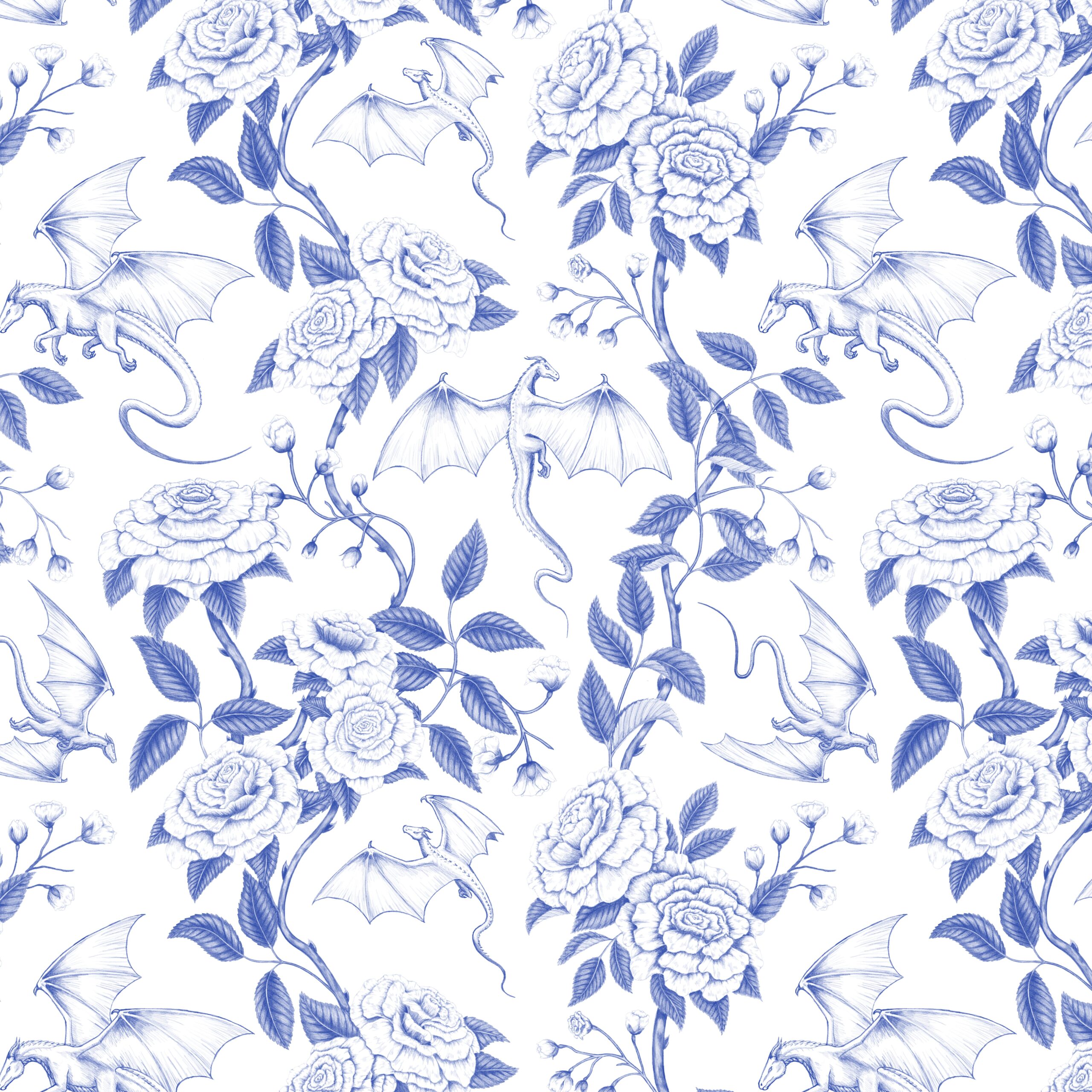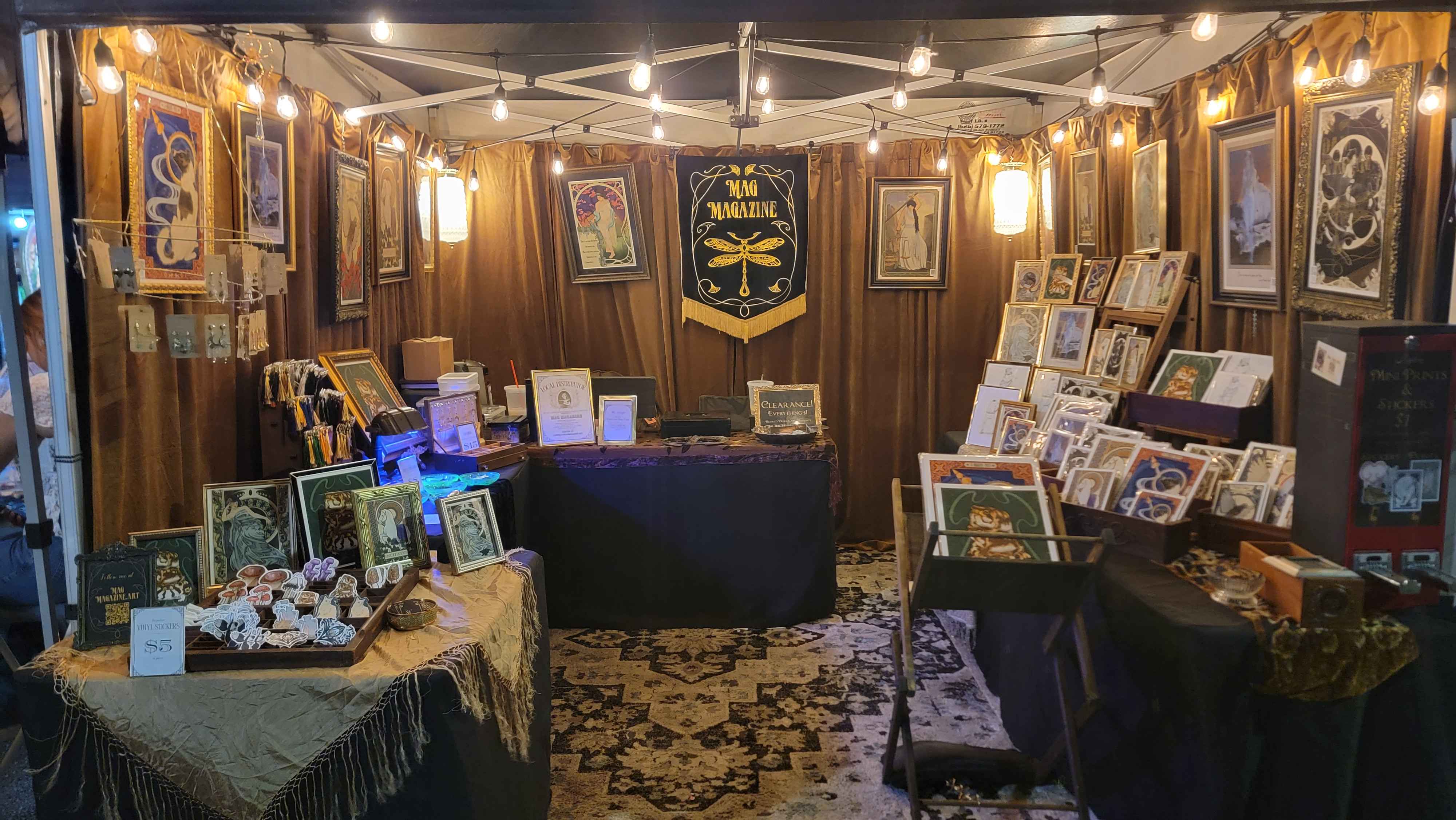
In total the Soviet Union sent seventy-one dogs up to space during the thirty years of 1957 and 1987, in a frantic race with the United States to establish their superiority in space technology. Though public interest began in 1951, it wasn’t until six years later that the Soviets won their first victory, on October 4th of 1957 when they successfully launched Sputnik 1, the first artificial Earth satellite. Buoyed by the success, Premier Nikita Krushchev wanted something even more spectacular only a month later, to celebrate the 40 year anniversary of the Bolshevik Revolution on November 7th.
On November 3rd, after a rushed plan and execution, Laika was sent into space, becoming the first complex creature to achieve orbit. She was a mixed breed, reports range from husky to terrier in her pedigree, and was trained after being found as a stray on the streets of Moscow. Her original name was said to be Kudryavka, meaning “little curly”, but was later called Laika, or “barker.” For her journey she was equipped with enough food and water for seven days, a fan to keep her cool, and only had enough room to sit, stand, or lie down. She was never expected to return to earth.
While it was known she did not survive, the manner of her death wasn’t clear until 2002 when the official reports became declassified. They revealed that she did not survive the planned seven days, or even the four days Russia reported in 1999, but about four circuits, between only five to seven hours. The original plan was to euthanize her with poisoned food, but some of the thermal insulation came loose, the cabin reaching 104 degrees Fahrenheit, resulting in her death by overheating.
The successful launch was a great scientific achievement, paving the way for another Soviet victory when Yuri Gagarin became the first human in space four years later. Her voyage, however, was not pleasant. Her vitals were being monitored, so we have a perfect timeline of how she handled her journey. The stress she underwent was immense, her heart rate taking three times as long to return to from 240 to 102bpm after the initial launch as it had during previous ground tests.
This piece was incredibly difficult for me to make. I knew in early 2022 that I wanted to honor her, right after I had finished my Felicia piece. Her story is heart wrenching, and I struggled to figure out how I wanted to depict her. In the end this became a deeply personal piece, not only channeling my love of animals, but also becoming a tapestry of my history, beliefs, and relationship with art and religion.
I knew from the beginning that I wanted to use elements of Soviet space age propaganda, while also maintaining my own style inspired by the Victorian and Art Nouveau eras. I managed to include some of both, the Art Nouveau mostly coming out in how Laika and the smoke trail are stylized, and the propaganda posters showing in the color palette and the rendering of Sputnik 2. The celestial background does double duty, being one of the only overlaps between the two styles of midcentury minimalism and Victorian maximalism, as show in both propaganda posters and Alphonse Mucha’s The Moon and Stars series. The rest of the piece is why it sat unfinished for three years. I had no idea how to make this piece more than just a portrait, even though I knew I wanted it to tell a story. It wasn’t until I saw a piece of 1970s propaganda entitled “Under the Sun of the Motherland We Strengthen,” a stark and nearly garish poster, that I began to find a direction. I then immediately stumbled upon a Soviet Azerbaijani carpet, made in 1965 to celebrate the Soviet space program, combining textbook midcentury propaganda styles with traditional Middle Eastern rugs, which sharpened my focus further.
Despite its intense primary colors, the poster reminded me of cloisonné, which Russia is incredibly famous for, especially with Fabergé eggs. I grew up Russian Orthodox, where tiny enamel egg charms were gifted to women on Easter, and learned how to decorate traditional Ukrainian pysanky. The method I learned includes drawing beeswax over an eggshell, typically a chicken egg, and dying the egg a different color after each portion of the pattern is finished. The wax is then melted off to reveal the colors preserved beneath. The tradition of pysanky is very old, the decorated eggs being used as talismans and to ensure good fortune, harvest, and fertility. When Christianity became the state religion on 988, the symbols shifted meaning to fit Christian ideology. They are still an important part of Pascha, the Orthodox Easter service, to this day.
I used many traditional symbols and patterns in the border, hearkening back to their pagan roots. The corners are a variation of the windmill, a symbol of Svaroh, the god of the sky, sun and thunder. On either side of the corners are trees of life, a symbol of Berehynia, the Great Goddess, and the one who holds power of life and death. At the bottom are two horses, which are symbols of the sun. They are later variations of the stag, which was said to carry the sun into the sky each morning on its antlers. All of these were chosen for their parallels to Laika’s fate.
In contrast to the Ukrainian symbols of gods and magic are the enamel style texts on either side and the top. The text, in Russian with Cyrillic characters, says “Sputnik 2” (left), “Laika” (right), and “November 3, 1957” (top). These are very heavily inspired by cloisonné Russian iconography, as is the halo around Laika’s head, specifically by icons of St. Nicholas of Myra for their tendency for ornate filigree.
The meanings and inspirations behind ever aspect of this piece weave a picture of history and religion. Laika was a sacrifice to the god of progress, by people of the very same religion that outlawed the original pagan meaning behind the ancient symbols used in pysanky. The mixture of Ukrainian and Russian symbols, pagan and Christian, were chosen intentionally. Despite whatever an autocratic authority demands, a people, their identity, and their culture will endure.
For more information on these subjects:
Pysanky.info is a wonderful website dedicated to the history of pysanky.
The Smithsonian wrote an engaging article on the story of Laika.
Here you can find a print of the poster: “Under the Sun of the Motherland We Strengthen”
Here you can find a print of the Soviet Azerbaijani carpet



Leave a Reply